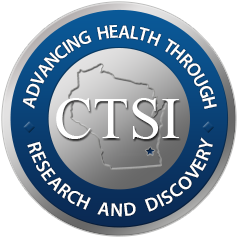Endocannabinoid signalling: has it got rhythm? Br J Pharmacol 2010 Jun;160(3):530-43
Date
07/02/2010Pubmed ID
20590563Pubmed Central ID
PMC2931554DOI
10.1111/j.1476-5381.2010.00790.xScopus ID
2-s2.0-77952622170 (requires institutional sign-in at Scopus site) 141 CitationsAbstract
Endogenous cannabinoid signalling is widespread throughout the body, and considerable evidence supports its modulatory role in many fundamental physiological processes. The daily and seasonal cycles of the relationship of the earth and sun profoundly affect the terrestrial environment. Terrestrial species have adapted to these cycles in many ways, most well studied are circadian rhythms and hibernation. The purpose of this review was to examine literature support for three hypotheses: (i) endocannabinoid signalling exhibits brain region-specific circadian rhythms; (ii) endocannabinoid signalling modulates the rhythm of circadian processes in mammals; and (iii) changes in endocannabinoid signalling contribute to the state of hibernation. The results of two novel studies are presented. First, we report the results of a study of healthy humans demonstrating that plasma concentrations of the endocannabinoid, N-arachidonylethanolamine (anandamide), exhibit a circadian rhythm. Concentrations of anandamide are threefold higher at wakening than immediately before sleep, a relationship that is dysregulated by sleep deprivation. Second, we investigated differences in endocannabinoids and congeners in plasma from Marmota monax obtained in the summer and during the torpor state of hibernation. We report that 2-arachidonoylglycerol is below detection in M. monax plasma and that concentrations of anandamide are not different. However, plasma concentrations of the anorexigenic lipid oleoylethanolamide were significantly lower in hibernation, while the concentrations of palmitoylethanolamide and 2-oleoylglycerol were significantly greater in hibernation. We conclude that available data support a bidirectional relationship between endocannabinoid signalling and circadian processes, and investigation of the contribution of endocannabinoid signalling to the dramatic physiological changes that occur during hibernation is warranted.
Author List
Vaughn LK, Denning G, Stuhr KL, de Wit H, Hill MN, Hillard CJAuthor
Cecilia J. Hillard PhD Associate Dean, Center Director, Professor in the Pharmacology and Toxicology department at Medical College of WisconsinMESH terms used to index this publication - Major topics in bold
AnimalsBrain
Cannabinoid Receptor Modulators
Circadian Rhythm
Endocannabinoids
Hibernation
Humans
Physiological Phenomena
Signal Transduction









